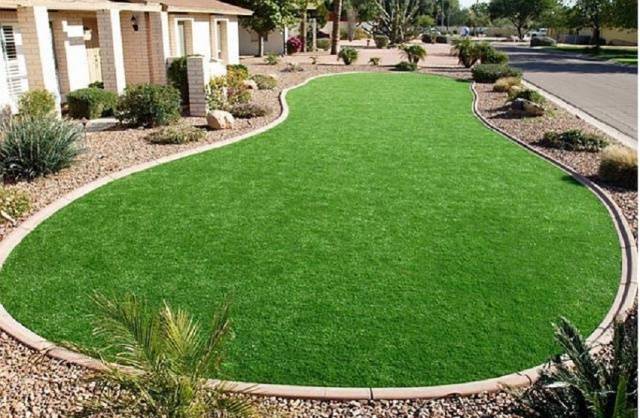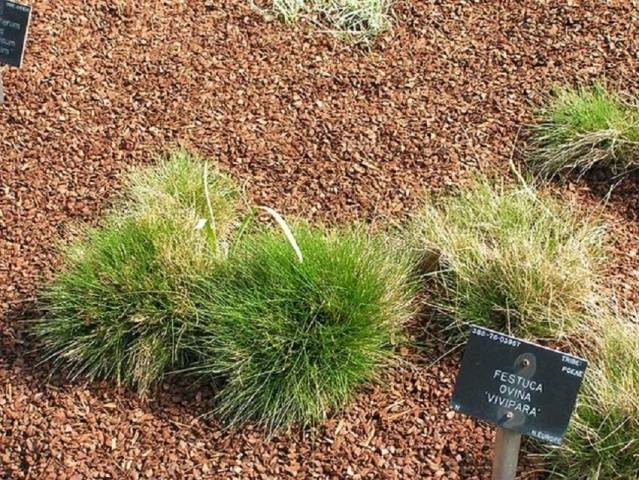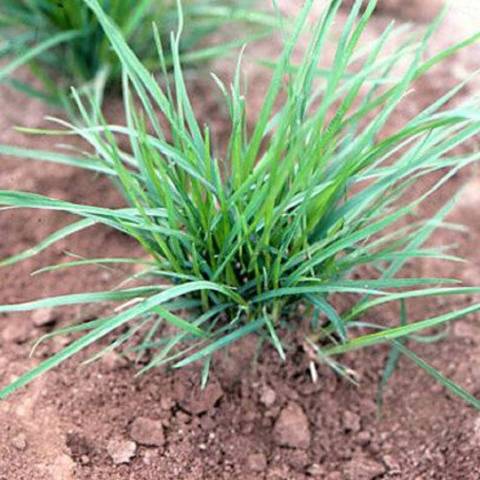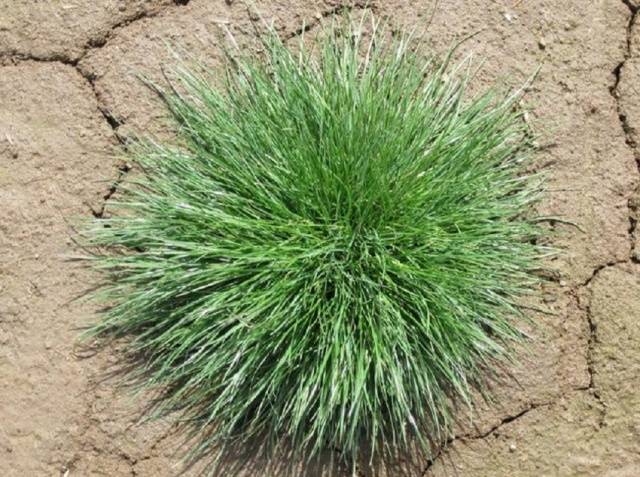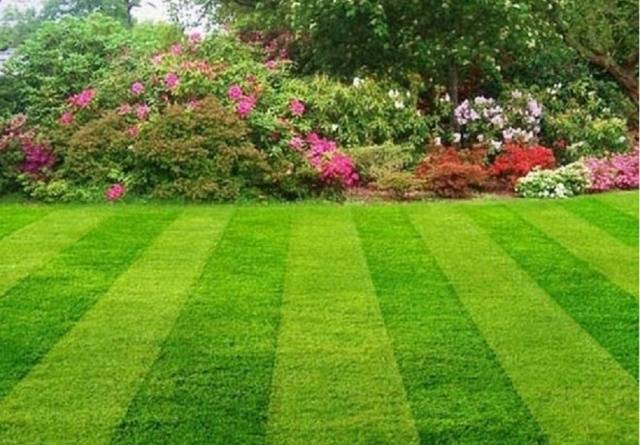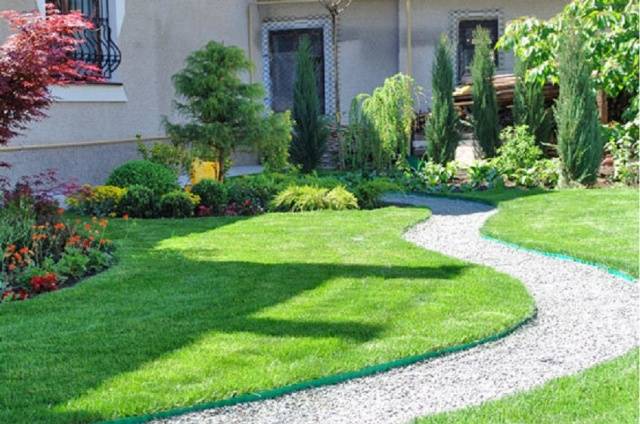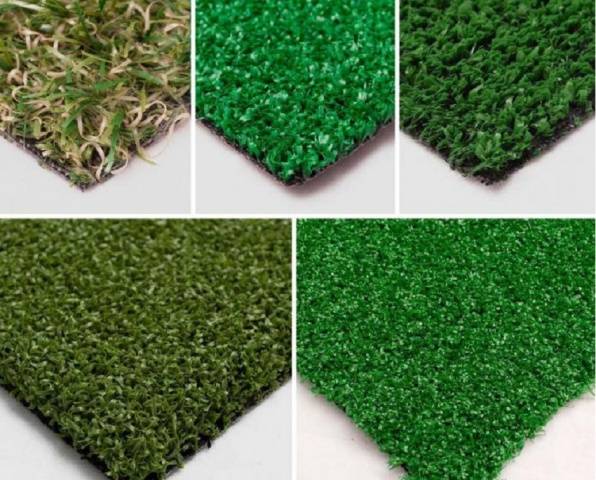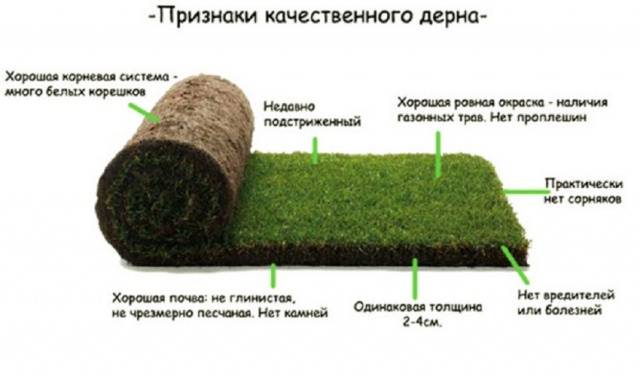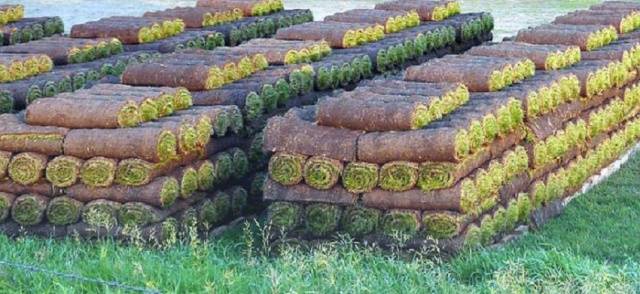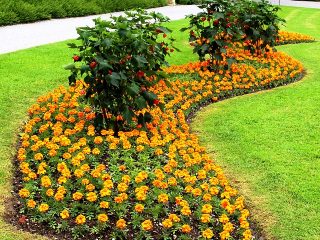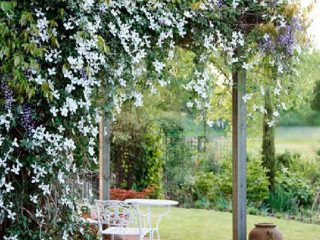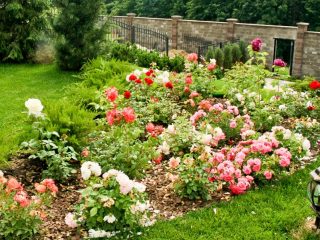Content
The modern design of the lawn on the site has become an integral part of any project.
At the same time, there are so many opportunities for choice that any conditions are not a hindrance. When there is no time for sowing a classic lawn or you need to improve hard-to-reach areas, a roll lawn comes to the rescue.
It is grown in special places - in nursery fields. The area is prepared with the help of special equipment, sowing is carried out, keeping all the norms. This guarantees uniformity and density of the grass cover. The lawn is regularly mowed, fertilized and watered. The whole process sometimes takes several years until the sod grows well. Then the grass and the top layer of the earth are cut by special machines, rolled into a roll and sold. If you need a coating with a non-standard set of herbs, then it will be made on an individual request.
Roll fresh grass lawn they are delivered only on order so that the quality of the coating does not suffer. This type of coverage has several advantages over others:
- He is quite unpretentious... This is due to the fact that the formation of the grass cover takes place in the nursery. Therefore, if you correctly approach the survival period, in the future the grass on your lawn will always be lush, velvety and healthy.
- There are no weeds... The cultivation takes place according to a special technology in which weed seeds do not fall into the ground and, accordingly, do not germinate with the lawn.
- It's convenient to use in hard-to-reach places and in areas with difficult or uneven terrain.
- Roll coating tolerates shade well... A typical planted lawn in these areas can have poor seed germination, uneven grass growth, faded color, and bald patches. Rolled, immediately after laying, pleases the eye with juicy grass.
In order for a roll lawn to meet all the requirements, you need to get acquainted with its main types.
Varieties of roll coating
The coverage is divided into types depending on:
- used grass mixtures;
- the purposes for which it is intended.
With the help of a roll lawn, you can very quickly plant greenery or arrange an area for specialized use. Therefore, the main types of roll coating are:
- universal;
- sports;
- parterre.
Depending on the purpose of the lawn, certain grass mixtures are used. For sports and parterre, red fescue is perfect.
It gives the roll cover elasticity, the sod is distinguished by good strength, the grass stand has many necessary qualities. It has a beautiful dark green color, an even, thin and dense structure. It grows evenly after mowing, tolerates mechanical damage well, and recovers quickly. Not suitable for dry and heavy soils. Red fescue will provide your lawn with endurance and frost resistance.
For decorative lawns, meadow bluegrass is a good choice.
It behaves in the same way on sports grounds. Resistant to dark areas, great for light soils. The plant serves for a long time and efficiently. The grass stand is resilient, even, dense and uniform. Competent care and favorable external conditions guarantee the preservation of the coating for up to 15 years. In addition, meadow bluegrass is frost-resistant. Another crop for sports use is perennial ryegrass.
Excellent resistance to trampling, mechanical damage, suitable for heavy soils.
When choosing a lawn, you can ask about the composition of the grass mixture to make sure it is reliable. The most famous types of roll lawn:
Universal
The most common type of roll coating. It is used not only in plots, but also in parks. Resistance to trampling allows it to be laid in places for outdoor activities. Therefore, you can safely put a universal roll lawn on a playground or playground. For this type of coating, grass mixtures are grown, in which bluegrass, fescue and ryegrass are present. Such a lawn has a rich color, it is hardy, tolerates both drought and low temperatures. Recovers quickly from damage and haircuts.
Sports
The largest percentage in the composition of the mixture for this species is given to ryegrass and bluegrass. These rolls are placed on tennis courts and football fields. The turf in the sports turf is very elastic and durable, which prevents it from tearing and ensures long-term use. The main requirements are thorough preparation of the soil before laying and regular competent maintenance.
Parterre
This species has the most presentable look. The parterre lawn will provide decorativeness in any part of the territory. However, it has its own requirements for growing conditions, therefore it is considered more whimsical. Shaded and waterlogged areas are not suitable for parterre coverage. Under these conditions, it will not grow, and under ideal conditions, you will get a velvety lawn with low grass and uniform color.
Each type has its own characteristics, but ease of use is inherent in each. However, some believe that the roll grass stand loses before sowing. The main factors that are most often voiced are as follows:
- Doesn't take root well... So the owner of the site, which does not have an automatic irrigation system, can assert. The rolled lawn must be watered evenly and daily. The second reason is the violation of the laying technology. This includes poor roll-in of the laid bales, or if the lawn has not been combed or flooded with plenty of water after laying. In this case, the engraftment process is very difficult. The third reason is the abundant application of nitrogen fertilizers before laying. For soft ground, this is very stressful. The soil condition will deteriorate, the lawn will be weakened and will not take root.
- Can't stand the winter... This fact may be due to the fault of the manufacturer. If annual grasses are used for the roll lawn, they are very unlikely to survive the winter. In this case, some land owners give preference to an artificial roll covering.
Artificial turf in rolls is a great alternative to natural turf. It can be used almost anywhere on the site and even in the room. Where natural grass cannot grow, it is replaced with artificial grass. Designers create stunning home designs using artificial grass. It does not cause allergic manifestations, is very easy to care for, does not require haircuts or watering, and retains its appearance throughout the year. Such a roll can be laid under the stairs, on stones, various shapes can be cut. Lifetime artificial turf much higher, which is especially appreciated by lovers of lawn spaces.
Choosing a lawn wisely
Choosing quality material is half the battle. First of all, pay attention to:
- Turf condition... To do this, the roll is rolled out, lifted and shaken. The plate should not tear and crumble; after shaking, the appearance remains unchanged.
- Grass quality... The roots must be fresh, not dry. The grass is green, without yellowness, mold and weeds, evenly trimmed. The plants should show no signs of any disease or severe damage. The grass color is uniform.
It is best to purchase turf for the entire planned plot at once and with a small margin (about 10%). The percentage depends on the complexity of your lawn configuration.
Be sure to check the color of the grass on each roll. It must be the same, otherwise you will get a striped lawn. But, if this is included in your plans, then select by contrast. Take the right amount from one batch. This will ensure that the mixture is identical across all bales. Check with the manufacturer for the composition of the mixture to ensure that the lawn is reliable.
Moving on to practice - stacking rolls
We have considered all possible options, and now let's move on to the practical part. How is the roll lawn laid?
First of all, it should be said that you can lay a roll lawn during the entire period of plant growth. But the most optimal is early spring. During this period, the root system takes root well and your lawn will quickly take root. Why is it important? When cutting a rolled lawn, the roots are injured, and the grass grows densely. Efforts will have to be made to help the grass adapt to its new location.
Laying takes place in several stages.
Soil nutrition
A week before the planned installation, mineral fertilizers are applied.
Soil cleaning and preparation
They carry out cleaning of weeds, construction and household waste, stones, glass. Loosen the earth with a rake, add a mixture of peat and sand (5 cm). Then the soil is leveled. With a sowing lawn, irregularities can be removed in the future, for a roll lawn this is more problematic.
Stacking rolls
The sod is rolled out in a straight line. Bends and distortions are not allowed. This will affect the quality of the appearance of the lawn. Each row begins with a whole strip. Pieces can be placed in the corners, but not in the middle of the site. Each roll must be tamped down.
The next roll is rolled out, pressing it tightly against the previous one. Here, care is taken not to overlap the rolls. It is necessary to achieve a tight closure.
To make the sod grow better, the joints are filled with a soil mixture that suits your soil composition and watered abundantly. Watering should provide moisture not only for the rolls, but also for the soil. You can start active games on the lawn a month after laying.
Rolled herbage requires care, as well as sowing. It needs to be watered, nourished, cut. The main advantage is that there is no need to wait until it grows and in what capacity. You can already see this when buying. And you can handle the styling yourself with the help of useful videos:
